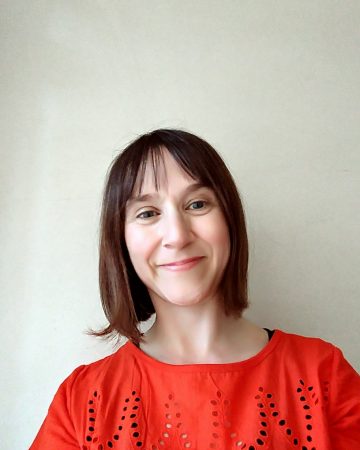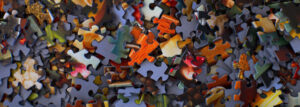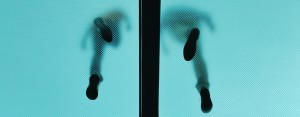Rough Draft Workshop: Group Peer Assessment Jigsaw Activity for Case Study or Procedural Writing
At a Glance
Discipline
- Health science
Instructional Level
- College & CEGEP
Course
- Interventions in vascular and respiratory conditions 144-551 DW
Tasks in Workflow
Social Plane(s)
- Group
- Whole Class
Type of Tasks
- Reading
- Writing
- Analyzing
- Reviewing & assessing peers
Technical Details
Useful Technologies
- Online collaborative platform (Google Doc or Teams)
Class size
- Very small (< 20)
- Small (20-49)
Time
- Single class period (< 90 mins)
Instructional Purpose
- Consolidation & metacognition
- Assessment & knowledge refinement
- Application & knowledge building
Overview
This workshop was used for a Reverse case study assignment for lung pathologies. Students were asked to evaluate their own and their peers’ work against guidelines & standards, a checklist and rubric through guided self-evaluation and peer feedback. As presented, it was used as part of a multi-stage group assignment as an opportunity for students to improve the quality of their work prior to submission, but also to hone their meta-cognitive skills through cognitive apprenticeship.
This activity can be done individually or be paired with DIY case building: Reverse cases for lung pathologies and Mock data collection and role play for health disciplines in-lab practice.
Instructional Objectives
- Students will evaluate their own work and their colleagues’ work against a set of guidelines, a completion checklist, and a qualitative rubric.
- Students will compare and contrast elements of their work against that of their colleagues in order to identify main differences and similarities in clinical presentation and rehabilitation management of different types of lung conditions.
Workflow & Materials

Activity Workflow
Applied Strategies
Related Activities
Published: 08/03/2023
Copyright: © 2024 Roy. This is an open-access article distributed under the terms of the Creative Commons Attribution License (CC BY). The use, distribution or reproduction in other forums is permitted, provided the original author(s) and the copyright owner(s) are credited and that the original publication on this website is cited, in accordance with accepted academic practice. No use, distribution or reproduction is permitted which does not comply with these terms.





